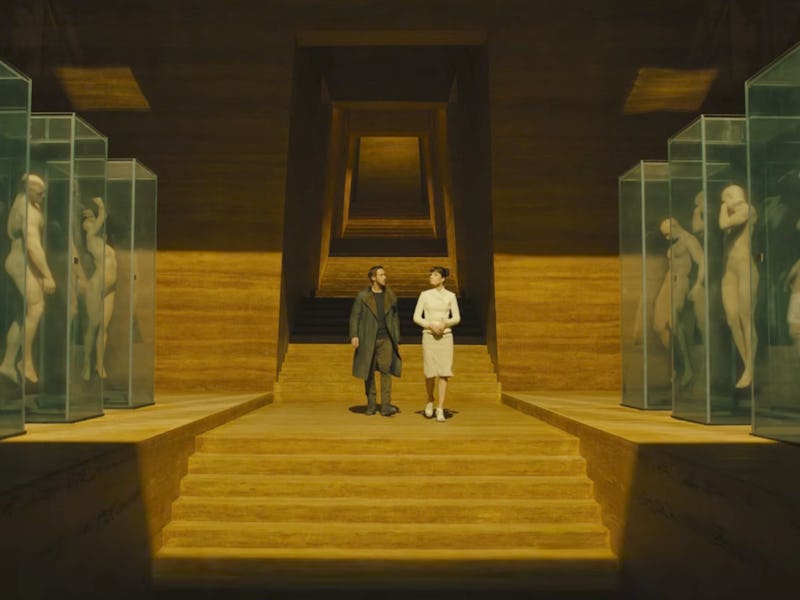In the official trailer for Blade Runner 2049, a narrator reveals that “the future of the species has finally unearthed.” He’s talking about the replicants, of course — the bio-engineered androids that evil Jared Leto is bringing back in swarms. However, Leto’s villain seems to be worried about a lack of resources. In the trailer, he says: “Replicants are the future, but I can only make so many.”
But biotechnology has advanced at a stunning rate since the original Blade Runner was released in 1982, and the raw materials for building replicants — synthetic humans made from “organic substances” — are actually becoming quite plentiful in real life. Scientists have made immense progress in the creation of miniature lab-grown organs and tissues, making replicant science a lot more plausible than fans might expect, for better or for worse.
Here’s a roundup of the replicant parts scientists can now grow in a dish. (Fortunately, scientists are still figuring out how to incorporate these organs into humanoid robots — but they’re definitely not too far off.)
Mini Brains
Mini-brains could help test drugs for Alzheimer's or Parkinson's disease.
In 2015, researchers from the Johns Hopkins Bloomberg School of Public Health created mini brains from stem cells. These tiny brains are roughly 350 micrometers in diameter and took about two months to grow. Each mini-brain has four types of neurons and two types of support cells. Researchers hope to use mini-brains to test drugs for serious neurological diseases, like Alzheimer’s.
Micro Hearts
Researchers from the University of California-Berkeley have found a way to grow a functioning human heart using nothing but stem cells. In their 2015 article, published in Nature Communications, the researchers described the chemical trick they used to get the cells to organize into the right structure. The resulting micro hearts were designed so scientists could study heart development, but they could also be used for drug research.
Researchers at Wake Forest Institute for Regenerative Medicine are able to 3D print cartilage for ears.
3D-Printed Cartilage
With the introduction of synthetic cartilage, researchers have been able to not only grow ears and noses in the lab but even transplant them into humans. In 2015, the New York Eye and Ear Infirmary’s Dr. Tal Dagan performed the first 3D-printed nose transplant, calling the procedure a “breakthrough” in a blog post: “The patient will never have to deal with the standard issues of transplantation, such as tissue rejection or a lifetime of immunosuppressive therapies,” he wrote.
In 2015, researchers successfully created a "mini-boob" in a dish.
Mini Breasts
In 2015, German researchers from the Helmholtz Center for Health and Environmental Research grew a functioning mammary gland. This mini boob may but small but has a big job: Helping scientists with cancer research. The researchers that grew these tiny petri dish breasts explained that the mammary glands behave just like the real thing, so they can be used to test breast cancer drugs, rather than use actual human breasts.
